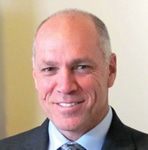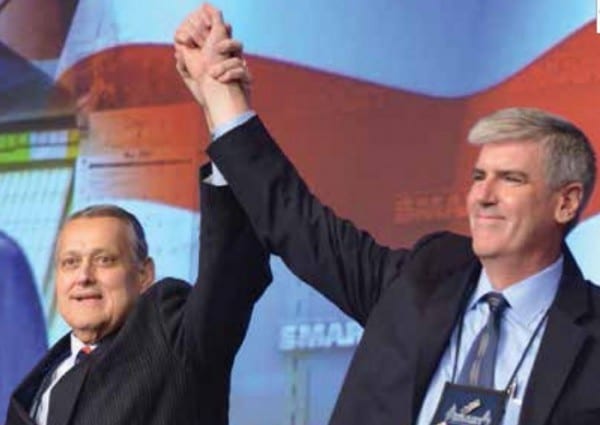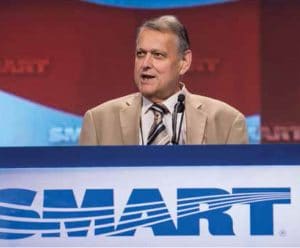
The members of Long Island Rail Road General Committee of Adjustment GO 505 have ratified a new agreement with LIRR management by a 97 percent margin, General Chairperson Anthony Simon reports.
It is the largest margin of approval for a contract in the general committee’s history.
Simon also said the approval rate for the eight-union coalition withstood together in bargaining with the LIRR was 95 percent.
Simon thanked SMART General President Joseph Nigro, General Secretary-Treasurer Joe Sellers and Transportation Division President John Previsich for their financial and material support and counsel.
“This shows with the support of our International and our membership, there is nothing we can not accomplish. I thank President Nigro for giving me the opportunity to speak at the first SMART Convention and for recognizing our delegates and our members on LIRR,” Simon said.
“This truly shows the unity in our merged unions and what we can achieve standing shoulder to shoulder in solidarity.
“A special ‘thank you’ goes to my entire committee for there tireless work in such a huge fight. My committee is the best committee I could ever ask for and I am very fortunate to have this team.
“To our members, I asked you to stand with me and trust me and said I would fight to the end to get them a contract they deserve and earned, and our members stepped up, and I thank them from the bottom of my heart.
“I will never stop fighting for the most professional and hard working members.”
The vote concluded more than four years of battling with New York’s Metropolitan Transportation Authority during a difficult and highly publicized contract dispute.
The MTA had been seeking net zero wage increases, major pension reform, large health care contributions, work rule give-backs and excessive concessions for new hires.
The settlement provided in excess of 18 percent of compounded wage increases over six-and-a-half years. Certification pay was achieved in the amount of $10 per day worked as a conductor and a modest two percent health and welfare contribution was accepted, based on a straight week’s pay. Minor adjustments were made for new hires that extended their requirement to pay four percent toward their pension for five additional years and their current wage progression was extended by just two years. Not a single work rule was compromised.





 U.S. rail traffic gained ground in the week ending Aug. 2, 2014, effectively wrapping up a solid month of gains, the Association of American Railroads reported Thursday, Aug. 7.
U.S. rail traffic gained ground in the week ending Aug. 2, 2014, effectively wrapping up a solid month of gains, the Association of American Railroads reported Thursday, Aug. 7.